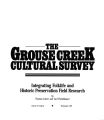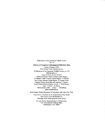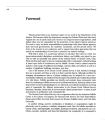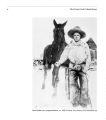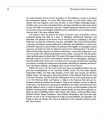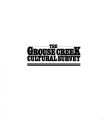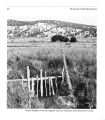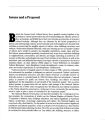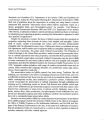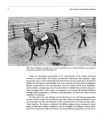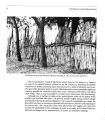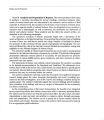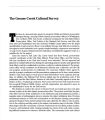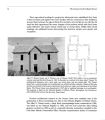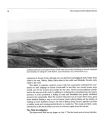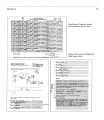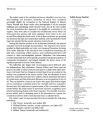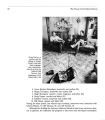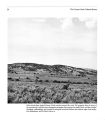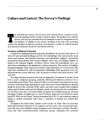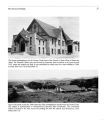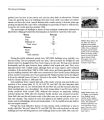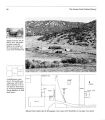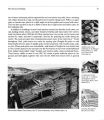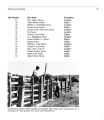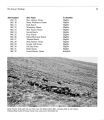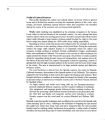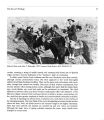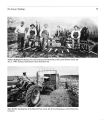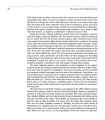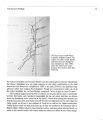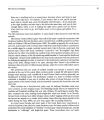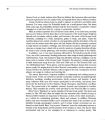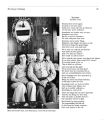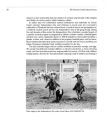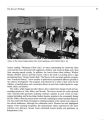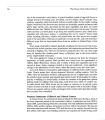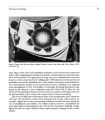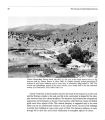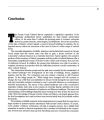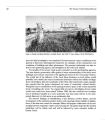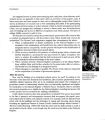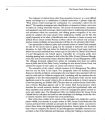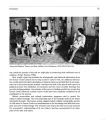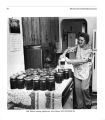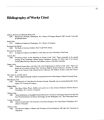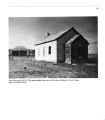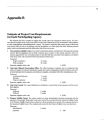| OCR Text |
Show 25 Culture and Context: The Survey's Findings The post-fieldwork phase of the Grouse Creek Cultural Survey consisted of analysis of the findings and the creation of final products. The products have intrinsic interest, but they are presented here as examples of what an integrated survey can produce. In addition to the archive described at the end of the preceding section, the products include an inventory of properties, a profile of cultural features, and summary statements of historic and cultural contexts. Inventory of Historic Properties A total of 413 buildings and structures were identified in the Grouse Creek survey. Of these, 94 were principal buildings and 318 were outbuildings. The main property types were ranch houses, ranch-related structures, and educational, religious, commercial, and governmental (federal and county) buildings. There were 62 buildings eligible for listing in the National Register of Historic Places, while 268 outbuildings were considered as contributing to the significance of these properties. The number of ineligible principal buildings-those which had received major alterations or were less than fifty years old-numbered 32, with 50 associated outbuildings. Most properties were constructed between about 1880 and 1940, 40 percent of which were built between 1905 and 1915. The larger Nevada ranches to the west are dispersed; the ranches in Grouse Creek form a more contiguous grouping, probably reflecting the Mormon preference for a concentrated community. They range from fifty to one hundred acres and form a series of narrow horizontal strips spanning the valley from east to west. Buildings are situated along the road on the west side of the valley, and each ranch contains some irrigated bottom land. Further south past the Simplot corrals, the ranches thin out considerably. On the Etna road, they are found tucked up against the foothills along the principal drainages. Despite the distances-it is about fourteen miles from Jack Kimber's ranch (site OCG 18) to the old Cotton Thomas homestead site (OCG 1)-the settlement pattern implies a unified community rather than a collection of isolated and independent ranches. Throughout the Great Basin, leaders of the Church of Jesus Christ of Latter-day Saints directed their followers to live together and not scatter. But concentrated settlement did more than facilitate church attendance and community activities. The Mormons, like other nineteenth-century millenarian groups, anticipated the imminent |





